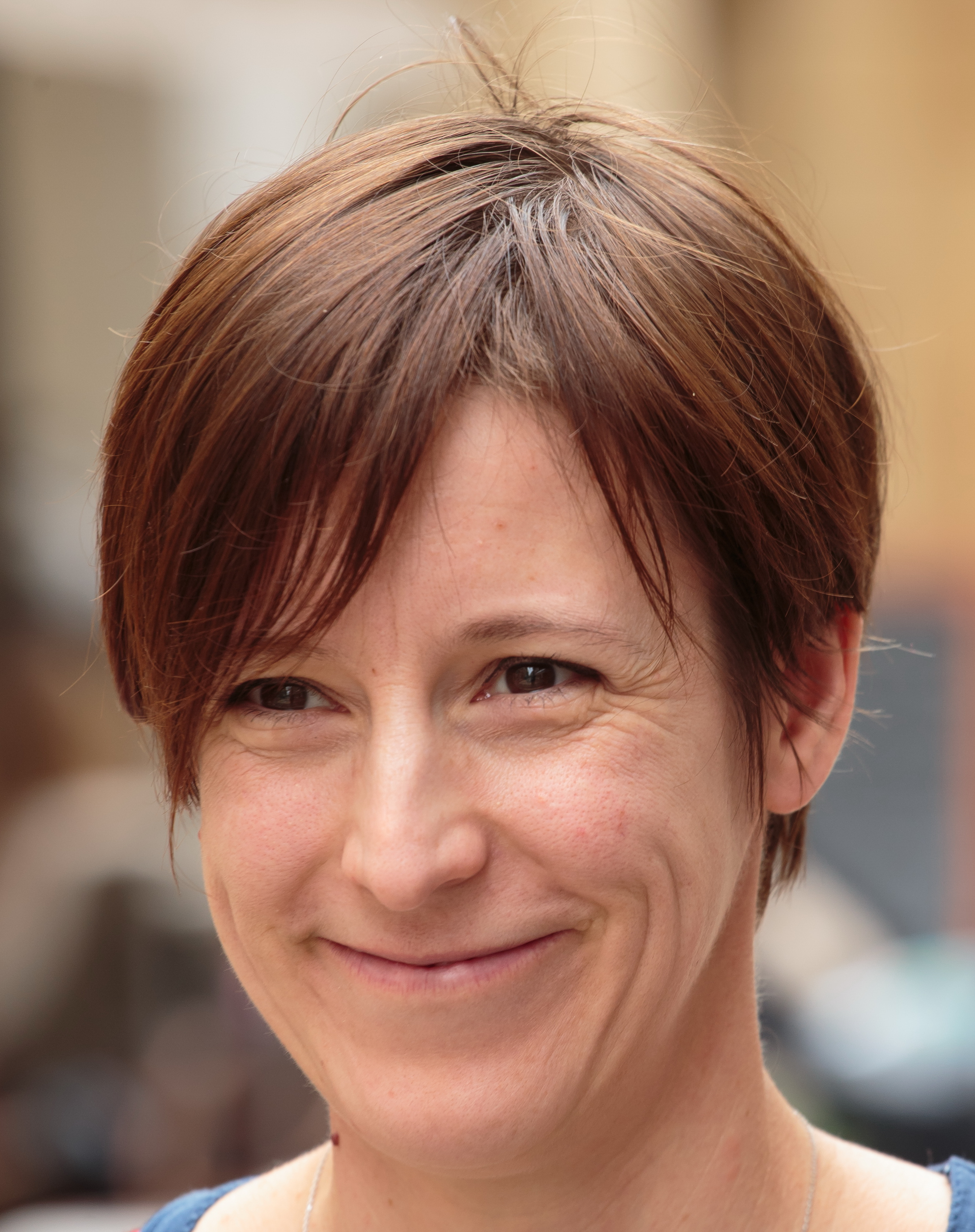M-BIC Blomert Lecture: Jessica Dubois Imaging brain development in infants
INSERM, NeuroSpin and Robert-Debré Hospital, Paris, France
Understanding how the human species has developed complex cognitive abilities such as language requires to study how the baby’s brain grows and becomes functional. This is also a pre-requisite step to explore the bases of neurodevelopmental disorders, as well as the early influence of pre- and perinatal events, environmental stimulations and post-natal experiences. Brain development relies on a complex intertwining of mechanisms that are modulated by genetic, epigenetic and activity-dependent factors. To better appreciate this complex issue, we need non-invasive neuroimaging approaches that can provide in vivo markers of cerebral development in infants. Although major advances in MRI techniques have been made recently, dedicated methodologies are still required for data acquisition and analyses, to face with the brain immaturity and motion-related artefacts. Focusing on the pre-term and early post-term periods, this talk will discuss a set of studies showing the architecture and progressive maturation of the developing networks. We will first consider a structural perspective through findings in premature newborns and infants studied with complementary MRI approaches (e.g. anatomical, diffusion MRI). We will describe several mechanisms such as brain growth, the folding evolution, changes in the cortex microstructure, the organization and myelination of white matter bundles. Second, we will address the functional significance of these structural processes through studies combining MRI and EEG. Regarding the visual modality, the speed of responses has been related to the maturation of pathways conducting the neural information. Lastly, recent findings on the language network have suggested that early anatomical asymmetries between brain hemispheres might underpin the development of functional lateralization. Included in a longitudinal behavioral follow-up, such studies in infants could provide important insights on cerebral specialization and plasticity.
Also read
-
05 Aug16:00 - 17:00
Faculty of Health, Medicine and Life Sciences | Campus tour for prospective bachelor's and master's students
We offer the possibility of a guided campus tour. One of our students is happy to take the time and guide you around the campus, answering all the questions you might have.
-
20 Aug19:00
